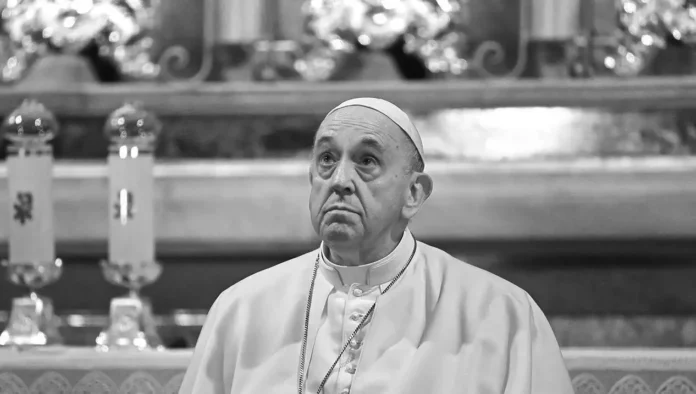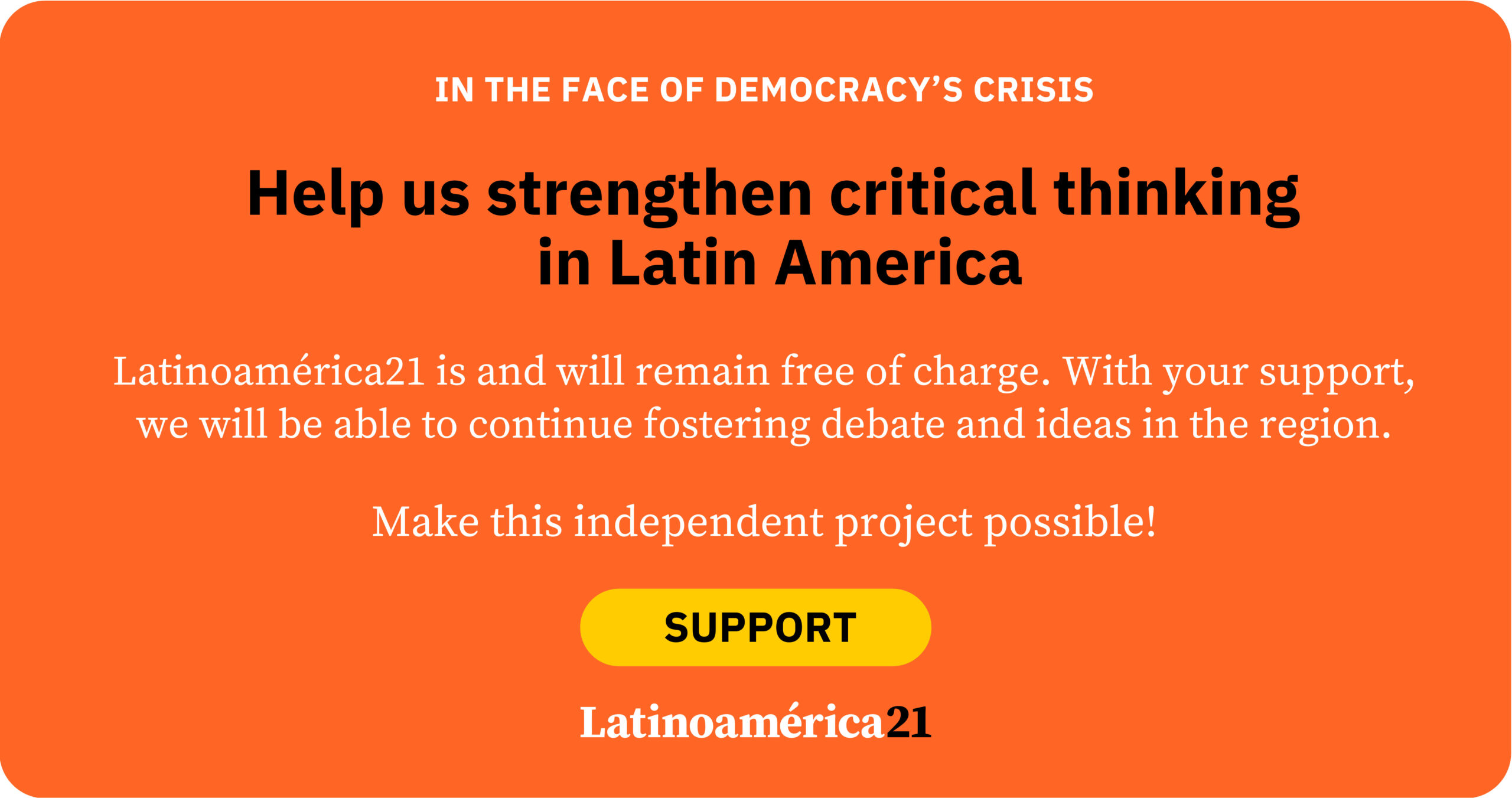
“It is too soon to tell,” the hinese Premier Zhou Enlai is said to have responded when asked about the historical impact of the French Revolution. The immediate historical backdrop to the papacy of Francis was the long ecclesial winter inaugurated by John Paul II and carried forward, in a considerably less charismatic and more doctrinaire manner, by Benedict XVI. Confronting that heavy and prolonged legacy, Francis entered the scene armed with nothing more than his proverbial toothbrush: “Reforming Rome is like cleaning the Egyptian Sphinx with a toothbrush,” he joked in 2017.
The metaphor is apt. John XXIII launched a far more profound reform against a millennia-old legacy through the Second Vatican Council. Behind the Council stood a vast network of priests, nuns, bishops, theologians, and pastoral agents who not only developed its teachings but even radicalized its implications. The spirit of the times rushed through the weathered windows of the most venerable institution of the West. When Jorge Bergoglio, the first Latin American pope, donned the Fisherman’s Ring, he carried a trajectory that was moderate—perhaps even conservative—almost as seemingly inoffensive as that of John XXIII. But more important than his personal background was the fact that the storms of the world were blowing in another direction, with an army of pastoral agents not only reacting to the Church’s conservative wave but to a broader conservative backlash driven by fear, uncertainty, and the chilling conviction that the future bodes worse than the past.
Against this improbable backdrop, Francis ushered in a timid and unexpected spring. His most powerful legacy may well be his commitment to defending the face of the Earth, encapsulated in the landmark encyclical Laudato Si’. With it, he aligned himself with a real social movement and gave momentum to an already vigorous trend among youth. But he also made other meaningful gestures. Starting with the very name he chose—Francis—a surprise to many, as no pope had ever previously adopted the name of the apostle of the poor and brother of all creatures. In time, he came to embrace, albeit belatedly, same-sex couples, their children, and individuals with non-binary gender identities. “The devil enters through the pocket,” he once quipped, championing a Church true to its humble, servile origins. He made the struggles of undocumented migrants and refugees, marginalized workers, and dispossessed Indigenous peoples his own. He is also said to have shifted the logic of cardinal appointments, in an effort to ensure continuity with the pastoral orientation he sought to inaugurate. That, of course, is harder to guarantee. After all, no one writes their own epitaph. It was the cardinals appointed by John Paul II and Benedict who elected Francis.
We remained far from the revolutionary dreams of Liberation Theology. But the freshness of a Church leader who, even if briefly abandoned his institution’s usual collusion with the established order, could fill us with a cautious yet hopeful optimism. His limitations were those of our time. Perhaps this is not entirely accurate, but the prevailing image is that of a lone prophet preaching more to the wilderness than to attentive crowds. What is missing is a movement behind the voice. Here and there, the will to move forward still takes shape. But the march is too slow, and still largely reactive. A voice from above, in the Vatican, can help—but it cannot replace the collective processes that unite activists, pastoral agents, and multitudes in search of alternatives. We have lost a voice. A good man. Let us hope it is only temporary.


